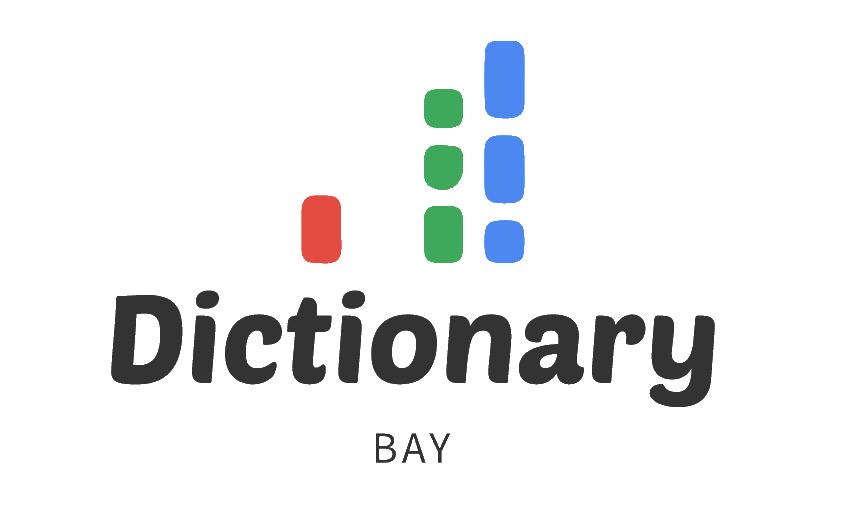Attention-Deficit/Hyperactivity Disorder (ADHD) is a neurodevelopmental disorder that affects millions of children and adults worldwide. While it can be challenging for individuals with ADHD to focus, pay attention, and control their impulsive behavior, they also have unique strengths and abilities that can be nurtured and developed. With the right support and education, students with ADHD can reach their full potential and succeed in their academic and personal lives.
The first step in supporting students with ADHD is to understand the nature of the disorder and its impact on learning. ADHD is characterized by symptoms such as inattention, hyperactivity, and impulsiveness, which can make it difficult for individuals to stay focused and organized. However, it is important to note that ADHD is not a measure of intelligence or ability, and that individuals with ADHD can be highly intelligent and successful with the right support.
There are several strategies and approaches that can help support students with ADHD in the classroom. One of the most important is to create a structured and predictable learning environment. This includes having clear expectations and rules, using visual aids and organizers, and providing regular feedback and reinforcement. Additionally, it can be helpful to break down tasks into smaller, manageable steps, and to allow for physical activity and movement throughout the day.
Another effective strategy for supporting students with ADHD is to use technology and accommodations. There are many tools and resources available, such as apps for organization and time management, that can help students stay on track and be more productive. Additionally, accommodations such as extra time on tests, the use of a quiet room for work, and the use of a computer for writing can help level the playing field for students with ADHD.
One alternative approach that has been gaining popularity in recent years is bioresonance therapy. Bioresonance therapy is a form of energy medicine that uses electromagnetic waves to balance the body’s energy system. It has been shown to have a positive impact on individuals with ADHD, helping to improve focus, attention, and behavior. According to a study published in the Journal of Attention Disorders (https://journals.sagepub.com/doi/full/10.1177/1087054711420284), bioresonance therapy was found to significantly improve attention and reduce hyperactivity in children with ADHD.
In conclusion, students with ADHD have unique strengths and abilities that can be nurtured and developed with the right support and education. By understanding the nature of the disorder, creating a structured and predictable learning environment, using technology and accommodations, and incorporating alternative approaches such as bioresonance therapy, we can help unlock the potential of students with ADHD and support them in their academic and personal success.


